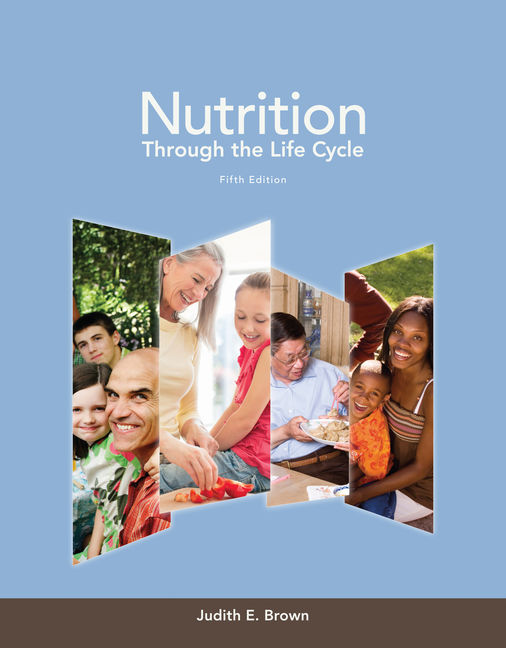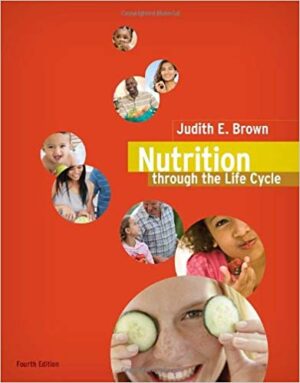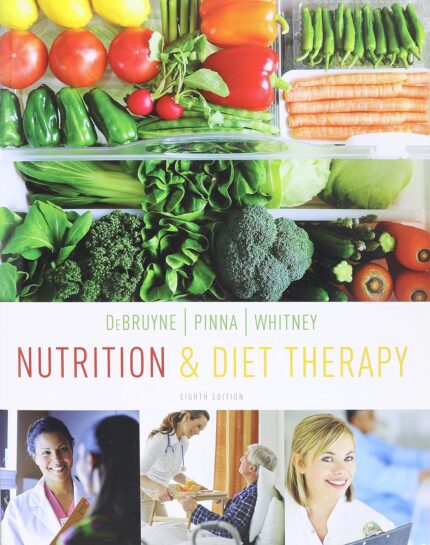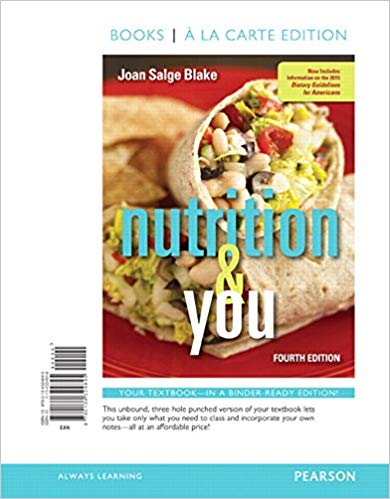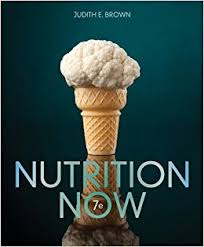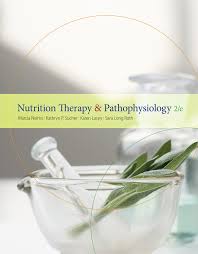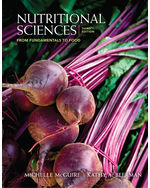Nutrition Through the Life Cycle 5th Edition by Judith E. Brown – Test Bank
Do you need test banks fast? eTestBank.net is the best test bank website for you! Download your test bank right after you pay. No waiting!
Why eTestBank.net is Great:
✅ Instant Download:
Get your test bank right away after payment.
✅ Unlimited Downloads:
Download your test bank anytime and as many times as you want.
✅ 24/7 Live Help:
We are here to help you all day, every day.
✅ Guaranteed Delivery:
If you don’t get the download right away, we will send it to you in 3 to 6 hours.
How to Get Your Test Bank:
- Pick Your Test Bank: Choose from many test banks.
- Pay Safely: Pay securely on eTestBank.net.
- Download Instantly: Get your test bank immediately after payment.
- Download Anytime: Unlimited downloads whenever you need them.
Need Help? Contact Us:
📧 Email: [Support@etestbank.net]
📱 WhatsApp: [https://wa.me/message/MC222DLQ4GDXL1r]
Didn’t Get Your Download?
Don’t worry! If you don’t get the file right away, we’ll send it to you in 3 to 6 hours. Need it sooner? Contact us by email or WhatsApp.
💡 Buy now from eTestBank.net for instant downloads, unlimited access, and 24/7 support—get your test bank today!
Test Bank for Chapter 5 – Nutrition during Pregnancy:
Conditions and Interventions
Key to question information: ANS = correct answer; DIF = question difficulty; REF = page reference; OBJ = chapter learning objective for question section
Learning Objectives
5.1 Cite three specific examples of nutrition-related recommendations intended for women who enter pregnancy obese.
5.2 Define the different types of hypertensive disorders that occur during pregnancy and discuss two components of nutrition care recommended for women with each type.
5.3 Define the different, major types of disorders in carbohydrate metabolism that occur during pregnancy and identify the key components of the nutritional management of each type.
5.4 Describe three differences in nutrient needs and cite two specific considerations for delivery of effective nutritional care for women with multifetal pregnancy.
5.5 Identify the components of nutritional care for women with HIV during pregnancy.
5.6 Identify the consequences of excess alcohol intake during pregnancy and list four factors that affect the relationship between alcohol intake and the outcome of pregnancy.
5.7 Identify three ways in which energy and nutrient needs differ between adults and adolescents during pregnancy.
Multiple Choice
1. Hypertension is defined as having a blood pressure of _____.
a. ≥120 mm Hg systolic or ≥70 mm Hg diastolic
b. ≥140 mm Hg systolic or ≥90 mm Hg diastolic
c. ≥120 mm Hg systolic or ≥90 mm Hg diastolic
d. ≥140 mm Hg systolic or ≥70 mm Hg diastolic
e. ≥160 mm Hg systolic or ≥110 mm Hg diastolic
ANS: b DIF: Fact-based, easy REF: 141 OBJ: 5.2
2. A worldwide leading cause of MATERNAL mortality is:
a. gestational diabetes.
b. hypertensive disorders of pregnancy.
c. AIDS/HIV.
d. multifetal pregnancies.
e. adolescent pregnancy complications.
ANS: b DIF: Fact-based REF: 141 OBJ: 5.2
3. Pregnancies among women with chronic hypertension are associated with higher rates of:
a. placenta abruption.
b. preterm delivery.
c. fetal growth retardation.
d. All of the above
ANS: d DIF: Fact-based REF: 142 OBJ: 5.2
4. Preeclampsia-eclampsia represents a syndrome characterized by all of the following EXCEPT:
a. blood vessel spasms and constriction.
b. increased calcium excretion.
c. oxidative stress and inflammation.
d. platelet aggregation and blood coagulation.
e. insulin resistance.
ANS: b DIF: Fact-based REF: 142 OBJ: 5.2
5. Metabolic effects associated with obesity are closely related to the presence of large amounts of visceral fat. These metabolic effects produce which of the following?
a. Chronic inflammation
b. Free radical generation
c. Oxidative stress
d. Insulin resistance
e. All of the above
ANS: e DIF: Fact-based, easy REF: 139 OBJ: 5.1
6. Maternal organs most affected by small blot clots and reduced blood flow in preeclampsia include all of the following EXCEPT:
a. the placenta.
b. the kidneys.
c. the brain.
d. the appendix.
e. the liver.
ANS: d DIF: Fact-based REF: 142 OBJ: 5.2
7. Women with which of the following characteristics are at increased risk of developing preeclampsia?
a. Obesity
b. Insulin resistance
c. First pregnancy
d. High triglyceride levels
e. All of the above
ANS: e DIF: Fact-based REF: 143 OBJ: 5.2
8. Ideally, when should dietary intervention for preeclampsia begin?
a. Prior to pregnancy
b. Prior to the development of eclampsia
c. Prior to the 20th week of pregnancy
d. After the 20th week of pregnancy
e. After diagnosis of preeclampsia
ANS: a DIF: Application-based REF: 145 OBJ: 5.2

